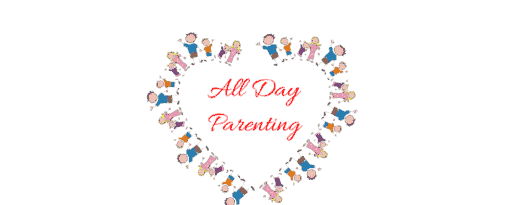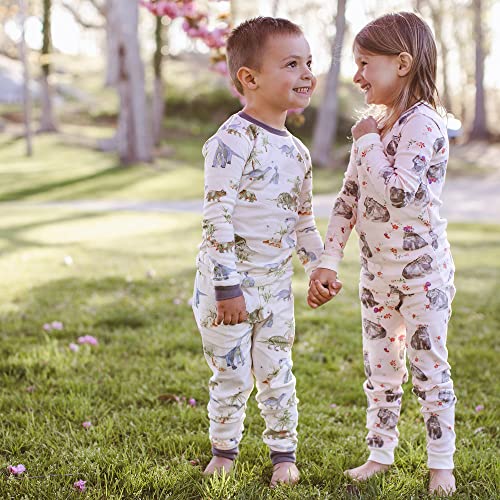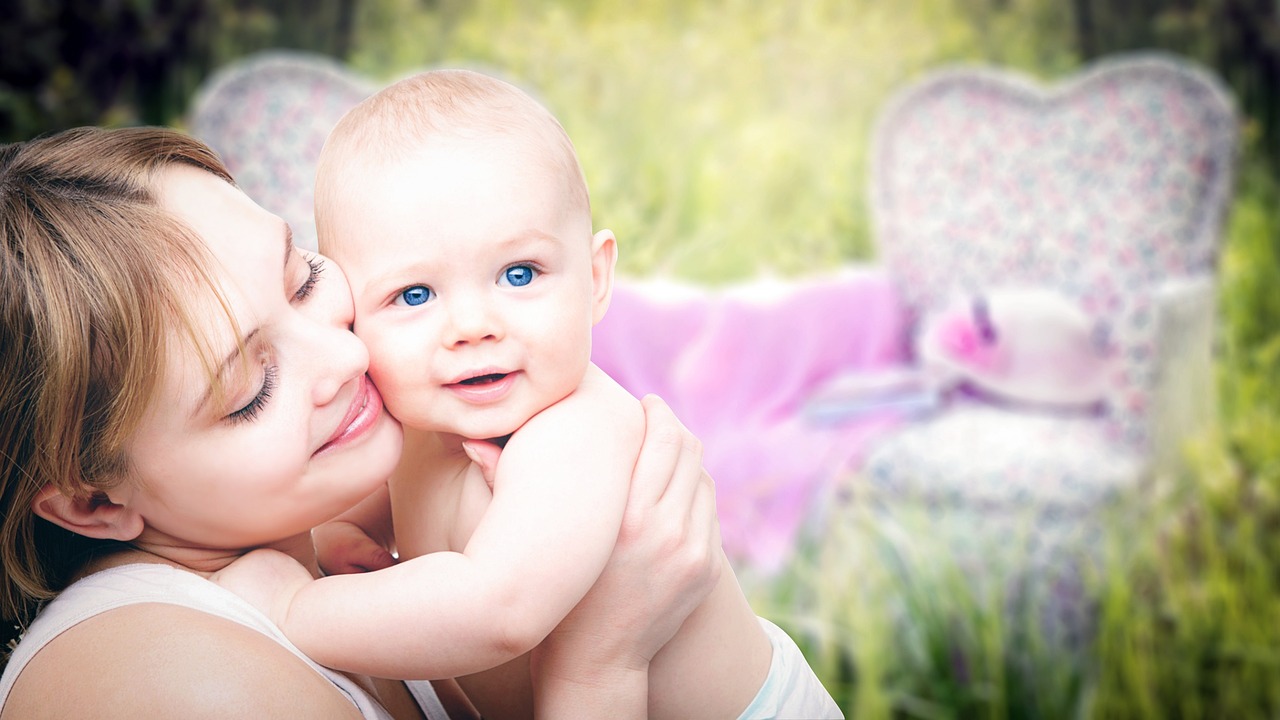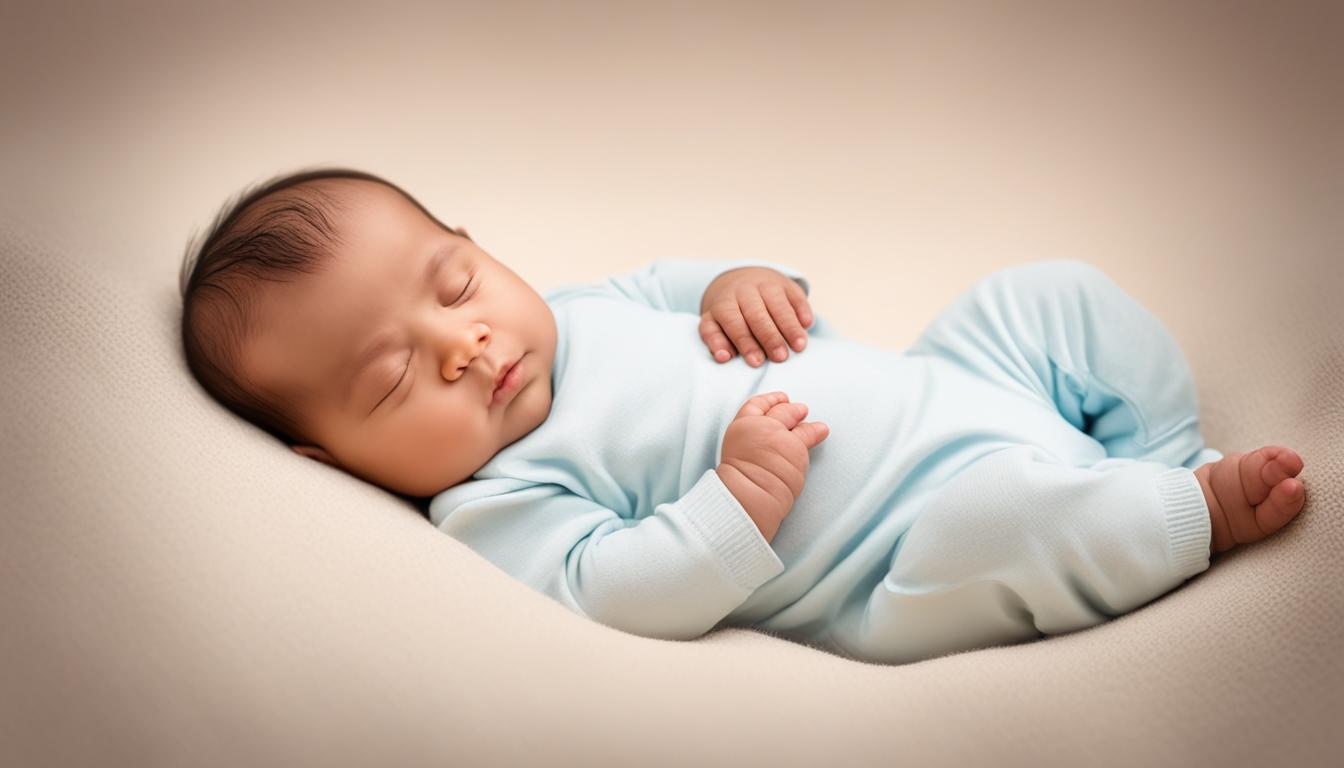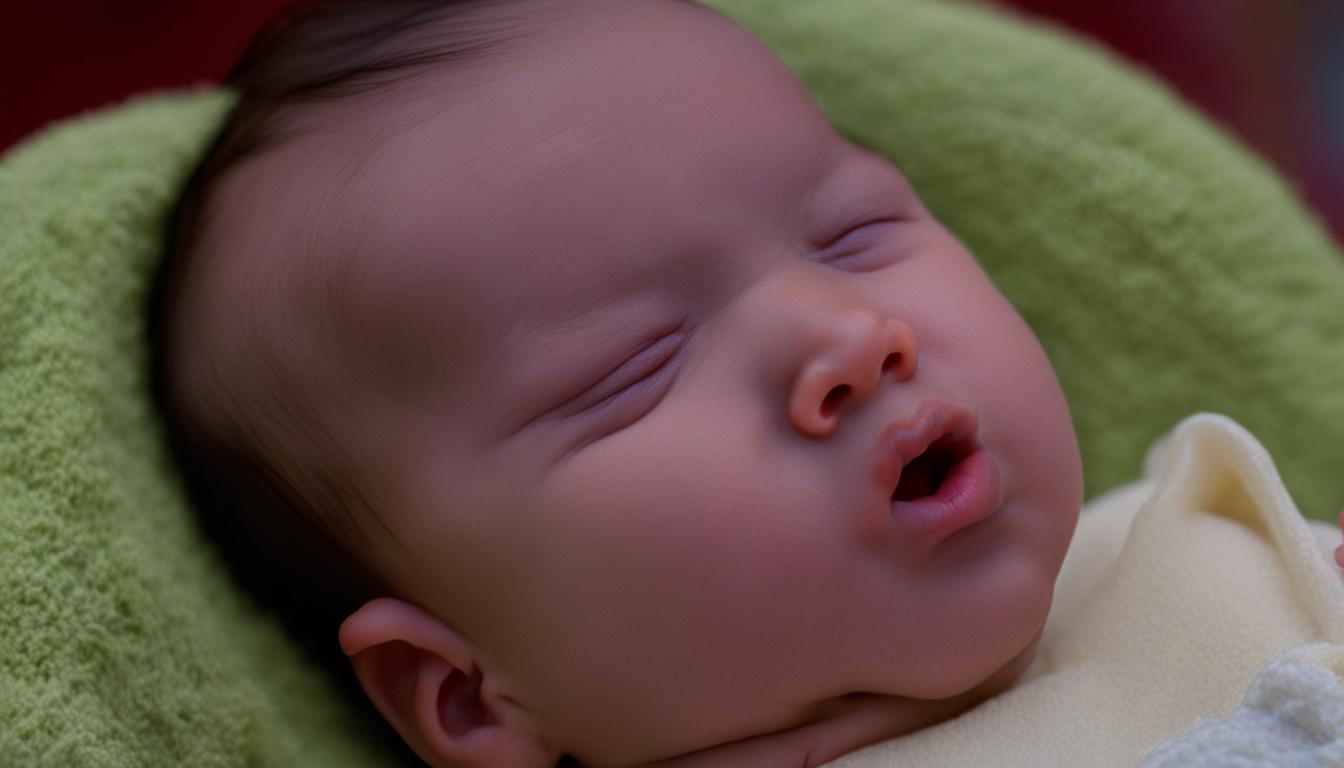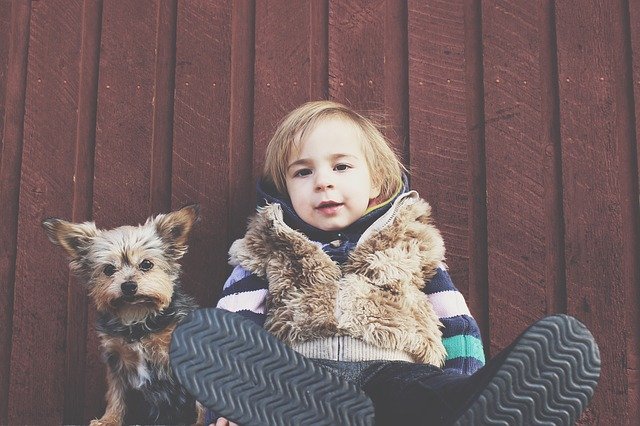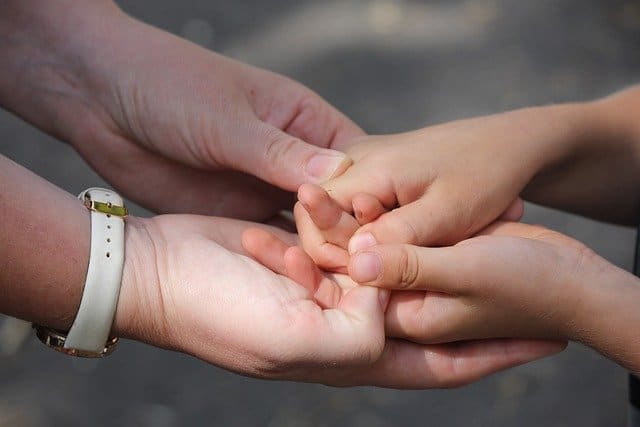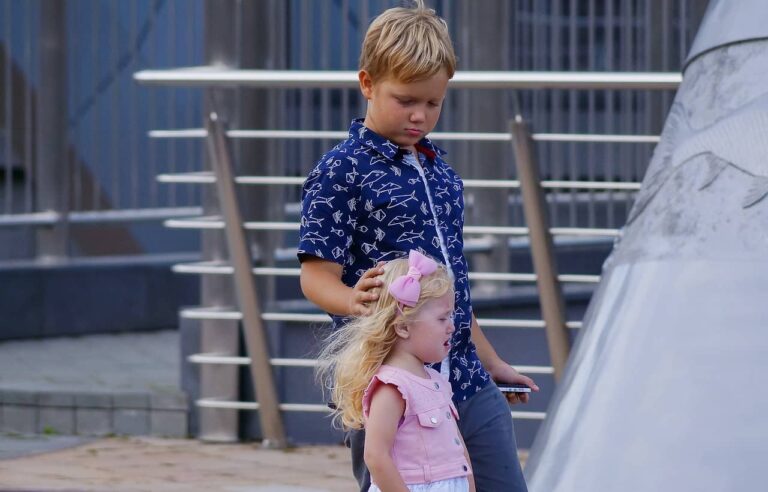What Size Comes After 5T: Buyer’s Tips for Children’s Clothes
Shopping for baby clothes is one of the exciting parts of having a child. Picking out clothes for your newborn is fun and, for a lot of parents, therapeutic. But that’s not always the case when junior starts to grow out of his baby onesies.
Buying clothes for your growing child can get very tricky. Babies will immediately outgrow their clothes once they reach toddlerhood. And once toddlers start having growth spurts, it’s time to say goodbye to many of their favorite OOTD.
If you’ve ever shopped in the toddlers’ section, chances are you’re familiar with clothes sizes ranging from 2T to 5T. But what if those sizes have gotten too tiny for your tot? What’s the next measurement after 5T?
How to Determine Your Child’s Clothing Size
Many parents find shopping for their young kids’ clothes a head-scratching experience, and it’s not hard to see why. The US, UK, and Australia measure their clothes based on age. Meanwhile, other countries in Europe base their measurements on height.
Even then, many brands have their own sizing standard. So while one company while produces shirts that are bigger than the international standard, there will be another that will design something smaller than the average.
In the United States, toddler clothes are marked with a “T.” Sizes are not yet gendered because male and female toddlers have yet to develop their gender-defined physiques.
2T is the smallest toddler size, which fits toddlers 32 to 33 1/2 inches in height and 26 to 30 pounds in weight. On the other hand, 5T is the biggest, fitting kids 42 to 44 1/2 inches in height and 38 1/2 to 42 pounds in weight.
What Size Comes After 5T?
Once your kid has outgrown size 5T, they’re probably no longer toddlers. For many clothing brands, the next size from 5T is 6.
Depending on the clothes manufacturers, clothing measurement will vary for young children. Clothing sizes can go as low as 4 to as high as 20. Clothing will also depend less on your child’s age and more on their height and weight. Gender might also come into play since outfits for girls have a different design and cut compared to boys.
While shopping internationally for children’s clothes, a conversion chart might come in handy. However, keep in mind that many of these charts are only approximations.
What Makes Size 5 Different from 5T?
Some stores carry both sizes 5 and 5T. While both options sound similar, you can find minuscule differences between 5 and 5T.
5T bottoms are specifically designed for toddlers who still wear a diaper. This is helpful for kids who are still potty training. Design-wise, you might see 5T pants having tapered ankles. However, when it comes to overall measurements, especially for tops, a size 5 outfit is larger and longer than 5T.
Tips on Buying New Clothes and Saving Money
Children’s clothes can get very pricey, especially when you’re shopping abroad. In a year, an average American household spends an average of $1,500 on just clothing. And unlike clothes for adults, children will inevitably outgrow their favorite cartoon shirts and cardigan sweaters. So how do you avoid buyer’s regret?
As mentioned above, if you’re buying clothes (especially online), there’s a chance that the given measurements aren’t as accurate as they seem. If you’re buying a shirt from overseas, you want to be extra careful and not buy something your kid will only wear once.
To avoid purchasing a shirt too big or too small for your kid, see if the online shop provides a body measurement chart for their clothes. You can then measure your child with a tape measure. Always take note of their height, shoulders, chest, waist, and hips before pressing that “add to cart” button.
Alternatively, you can visit the store with your child to buy clothes. While it’s not as convenient as going on Amazon in your pajamas, going to a physical store means your kid can try on clothes in front of you. You can visualize the outfit in front of you and see if your child is comfortable in it or not.
As tempting as it may be, buying brand-new and expensive clothes for your kid can be a liability. And purchasing an outfit that doesn’t fit them properly only makes things more annoying.
Fortunately, many resale shops can take those clothes that are either too big or too small. And while you’re there, you can sell or donate the toddler clothes your baby has outgrown.
Any mom or dad wants their little angel to look adorable in a new dress or shirt. However, the price can add up in a blink of an eye. So always read those measurements before you cash in that new outfit.
FAQ’s:
When should I swap out the toddler clothes for kid-sized attire?
Swap out old clothes that have become too tight to fit in and hard to take off.
Do stores have identical measurements for children’s clothes?
There is no universal measurement for children’s clothes, so some retailers sell clothes by age while others by height and weight
Should I resell my old children’s clothes?
You can resell your child’s outgrown clothes to earn a bit of money and help other parents looking for clothing on a tight budget. Alternatively, you can hold on to those clothes for your future children or donate them to charity.
Conclusion
It’s never easy to shop for clothes, especially for a child that never seems to stop growing. However, it doesn’t have to be complicated and expensive.
Toddler clothes in the US range between sizes 2T and 5T. Beyond that, you will have many choices of clothes, ranging from sizes 4 to 20. Many retailers also offer options for taller, slimmer, or plus-size children.
However, manufacturers don’t follow a universal measurement for clothes, so it’s best to keep your kid’s dimension in mind while scrolling online or browsing at the store. Although that rainbow tutu looks adorable, you don’t want it to flop around because it’s too big for your kid.
